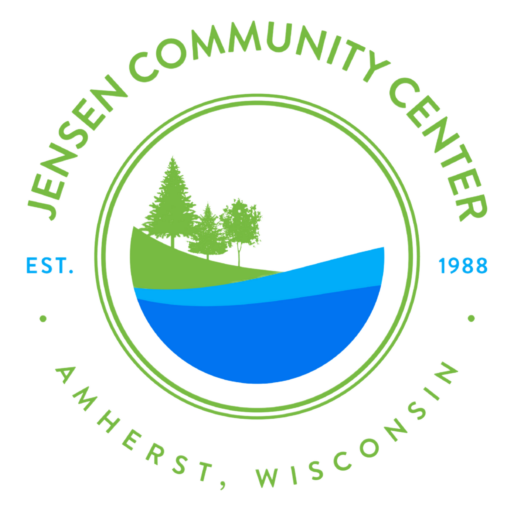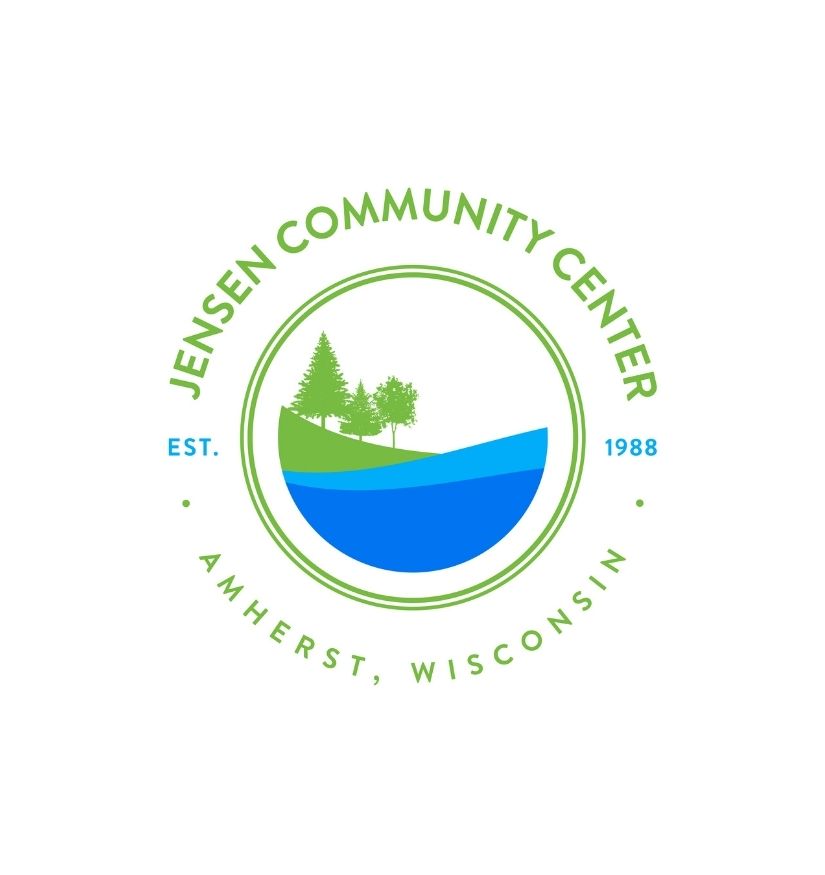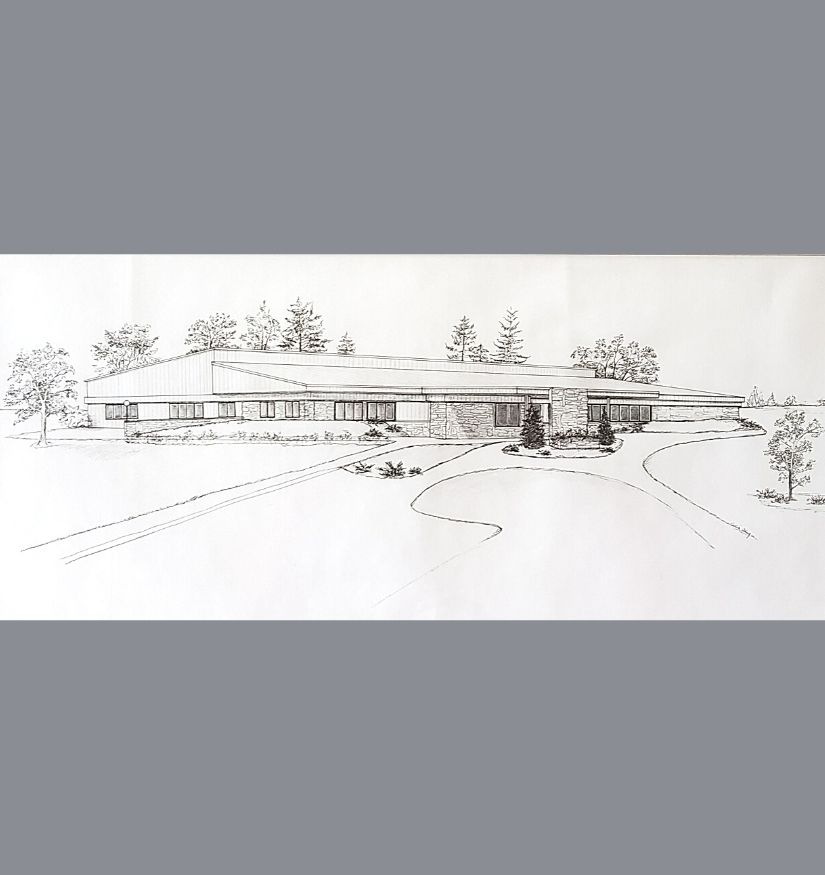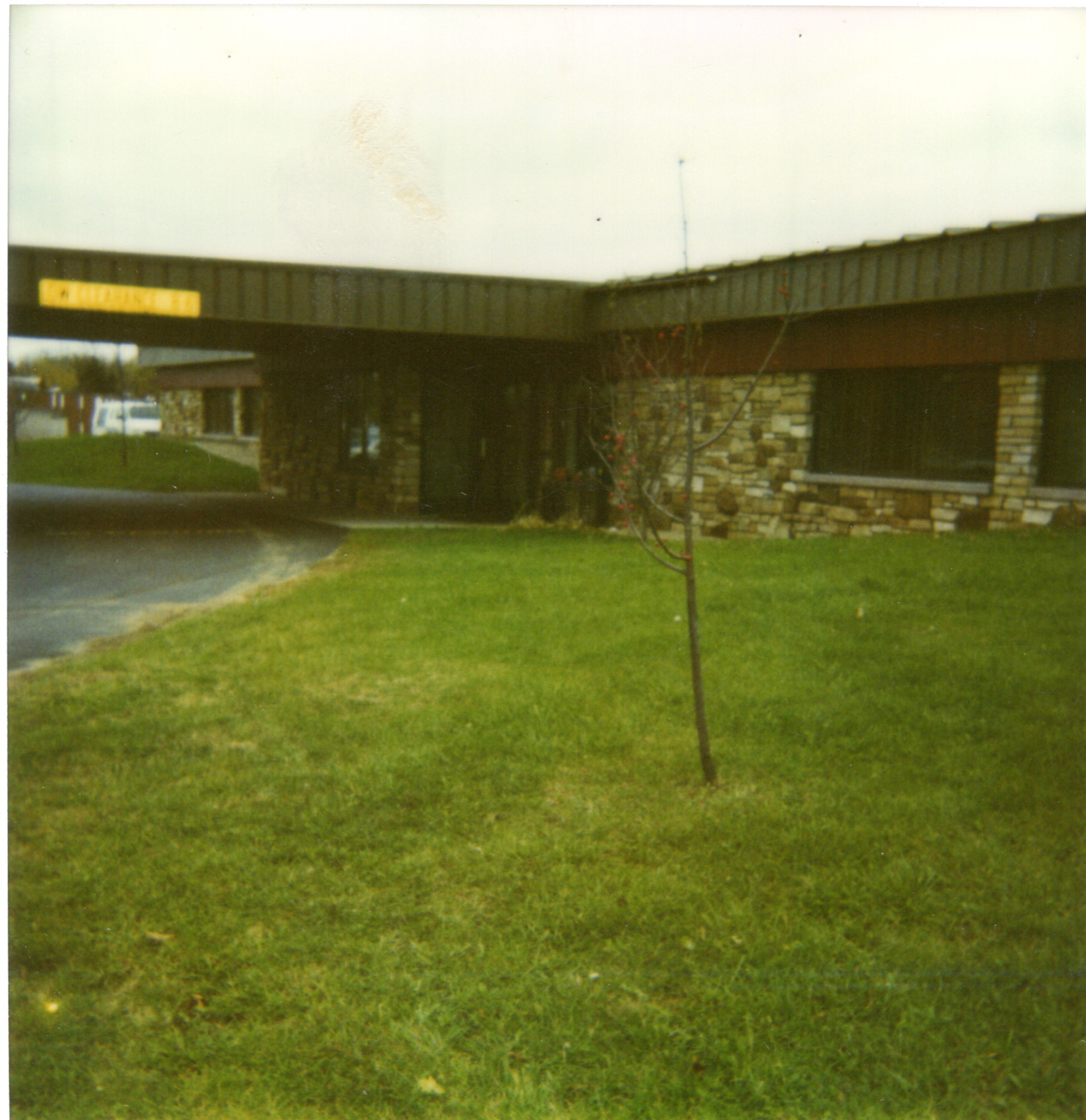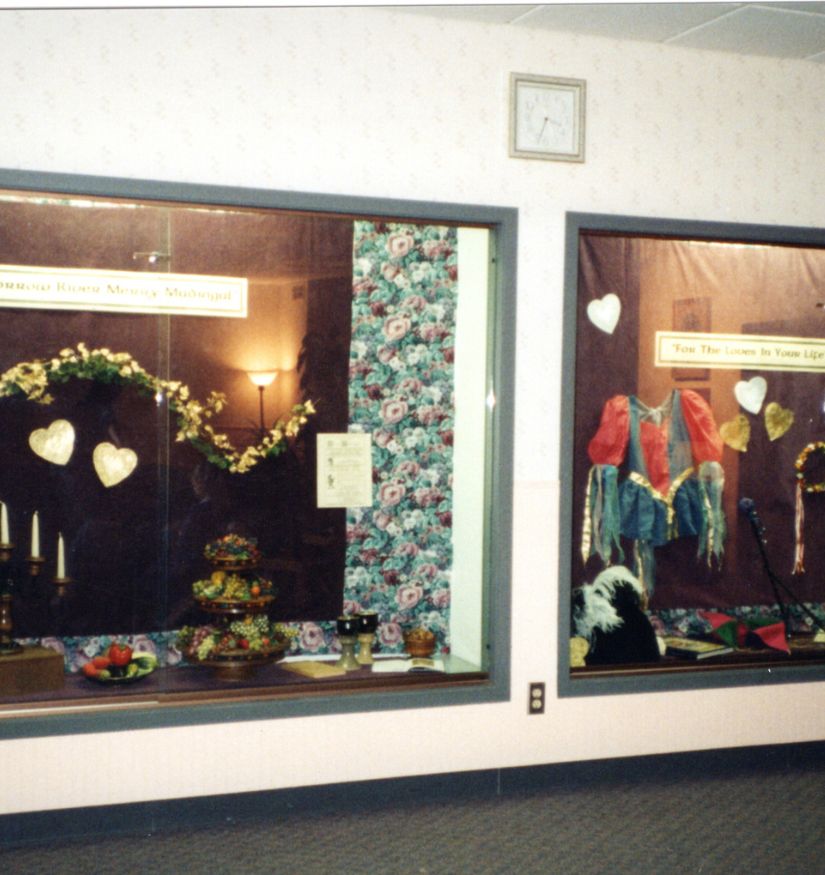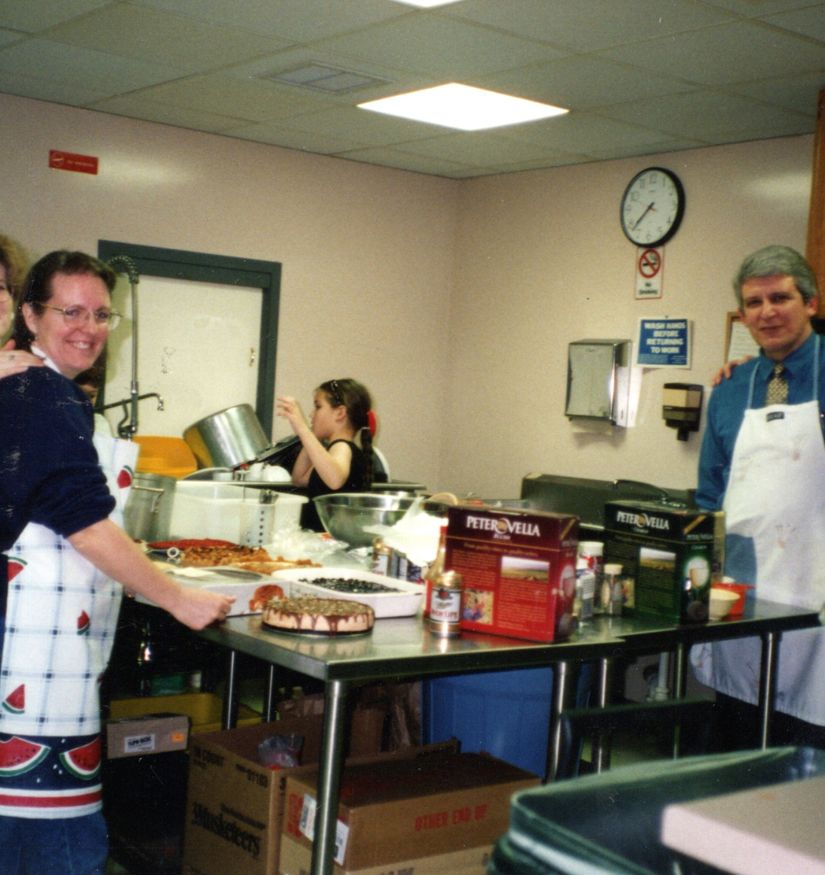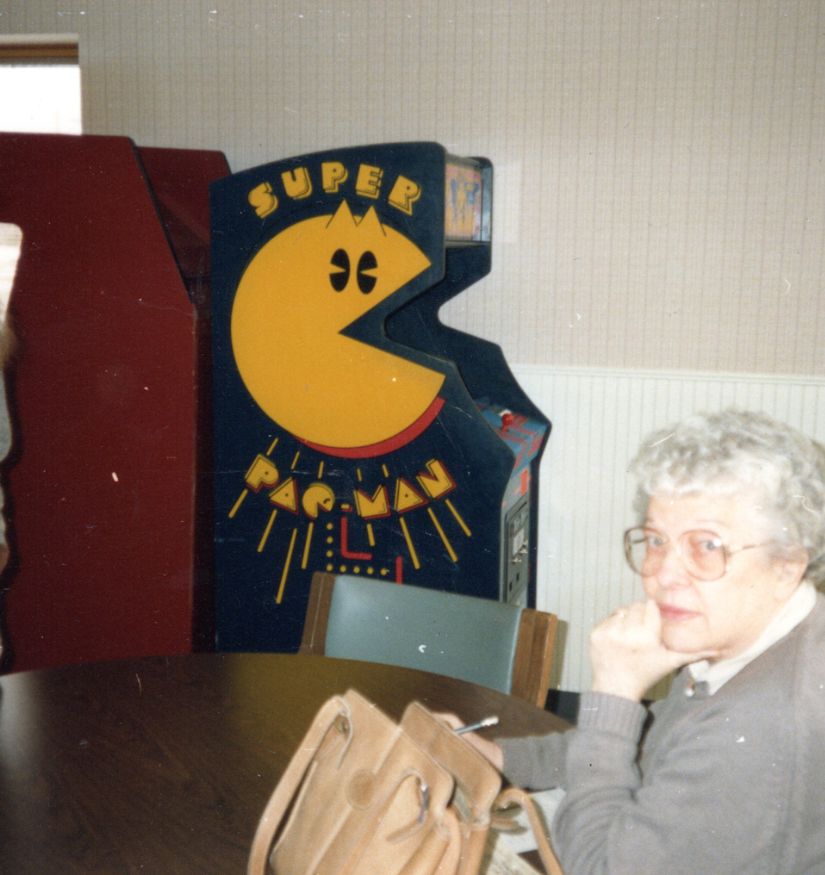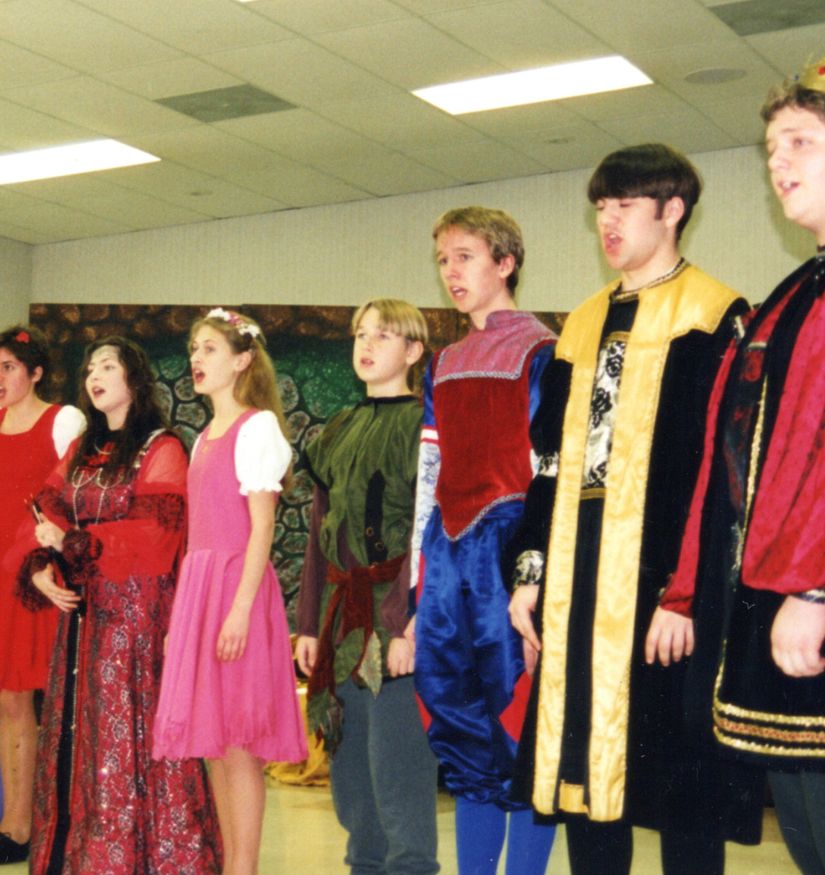Jensen Community Center: From foundations to renovations
By Brent Frankenhoff
The Lettie W. Jensen Memorial Community Center opened its doors to the public on June 6, 1988, but its story starts more than a century earlier with the birth of Lettie Jensen in Amherst on September 8, 1887. Lettie married Samuel Blanc in Amherst on March 25, 1906. After living in Menomonie and Appleton for several years, they moved to Des Moines, Iowa, in 1920, where she died December 26, 1977.
Some time after the move to Iowa, Lettie plugged their home’s plumbing with potato peelings and, while cleaning out the system, Samuel and his son, Milton, figured there had to be a better way to clear such plumbing issues and invented the Roto-Rooter.
Following his mother’s death and acting on her wishes, Milton and his wife, Florence, pledged up to $1 million to fund construction of a museum, a youth center, or a community center in Amherst. At the time, this was the single largest donation to any community in Portage County history. A portion of that pledged amount was to be set aside and invested to insure that the Community Center would be self-maintained and not need to seek government funding of any kind, a policy that is still in place today.
The Blancs initially approached the Tomorrow River Conservation Club in October 1985 with an offer to turn the Jensen home into a memorial such as a library or museum but did not receive a reply. Contacting Amherst Postmaster John Wied, they were put in touch with Tomorrow River Tomorrow (TRT) Chairman Paul Kliegl. According to a March 21, 1986, article in the Tomorrow River Times, TRT had been “recently founded for the purpose of enhancing the quality of life in the area through coordination of efforts in economics, education, environment, human services, and recreation.”
A 12-member coordinating council was formed with three representatives each from the Town of Amherst and the Villages of Amherst, Amherst Junction, and Nelsonville. At that time, the group was looking at such possibilities as creating a joint fire department, obtaining a Tomorrow River area physician, and/or building a youth center.
Tomorrow River Tomorrow was not the only group working on such community projects. In the years prior to the Blancs’ bequest, various civic groups, including the Amherst Women’s Club, had been making requests for a community meeting room for various organizations, such as the Boy Scouts, as well as a space to serve meals three times a week to senior citizens with the Commission on Aging. This eventually became the Community Building Association. After raising monies through auctions and other fundraisers in the early 1980s, the group voted to put that money into a Certificate of Deposit for use if something came up later.
Blanc and his wife wanted consideration given to an auditorium-type space, a “multi-purpose” space, and a kitchen with the community center as well as a display area for memorabilia. The only specific exclusion for the Center was a swimming pool, because of liability issues. One other stipulation was that the Blancs wished to remain as anonymous as possible on the project, while still being updated on its progress.
Initially, the Blancs donated $100,000 for the purchase of a building site and architect retention among other start-up expenses. Additional monies were donated as needed and, in a letter to TRT, Blanc stipulated that he would continue donating from his mother’s estate, “as long as we’re on track. I’ll put the brakes on if you’re spending too much too fast, too soon. I’m from an old, old school of pinching money. You’ve got to keep some in the sock for future expenses.”
In May 1986, TRT formed two committees, one to find a suitable site and the other to work on the design of the building.
After being considered as a possible site for the Center, but found to be too small to meet the Center’s needs, the site of the Jensen family home, with adjoining lots, was purchased by TRT and then utilized for the construction of the Lettie W. Jensen Memorial Library.
In June 1986, a community meeting was held to determine needs that a community center could accommodate. An auditorium as part of the Center was one of the main ideas suggested. A follow-up letter to TRT listed a number of possibilities for an auditorium and included, “Just looking around, there seems to be an above-average number of performing artists who call Tomorrow River country home.”
As plans continued to move forward, TRT formed the Amherst Area Foundation (AAF) to oversee the Community Center project, and that group was incorporated October 27, 1986. The AAF continues to direct the overall operations of the Center to this day.
Early estimated costs to build the Center were just over $700,000. Later revisions reduced that cost significantly, resulting in a final total with architectural fees, furnishings, etc. of just under $500,000. Multiple estimates using multiple rates of return on the invested funds and estimates of costs to maintain the building showed how much could be spent on construction. After consultation with financial advisors, the funds allocated for maintenance were invested in certificates of deposit with various terms of maturity.
After consideration of other potential building sites in and around Amherst, $60,000 was offered to purchase the four acres of land (including the former high school baseball diamond) from the Tomorrow River Schools. A portion of the property had to be annexed into the Village. Approved by a vote of 166-86 at a special Tomorrow River School Board meeting February 9, 1987, the transaction was described by School Board President Gale Gordon in the Tomorrow River Times as “a ‘joint venture’ between the school and the Tomorrow River Tomorrow development group.” The $60,000 was used by the school to relocate the baseball field and improve its other athletic facilities.
On October 6, 1987, Blenker Construction’s plan for the building, with an estimated cost of $362,200, met the original construction goals of “a structure that looked good, was durable, quality built, functional in size and design, all at the right price.” Steel beams and girders were used in the construction to make a more maintenance-free building and gain some additional space due to savings over the cost of masonry construction. Pella windows were installed along with five separate heating and air conditioning units to control the various zones of the building. Items dropped from the initial plans to save costs were a patio at the south entrance facing the school and a series of lights along the sidewalk leading to the school. With many requests for an auditorium, a skeleton of a theater with no heat or air conditioning was included during initial construction, which began later that same month. Many area businesses were sub-contractors on the project, with several donating materials or labor to the construction, which helped to control costs. The Center continues to benefit from those types of donations today from many local service providers.
Volunteers also pitched in to make the Center a part of the community by painting, decorating, landscaping, moving furniture, and more. Former Center Director Mary Peplinski said, “We made sure that the community members felt that they were the ‘owners’ of the Center and that we all needed to care for it so that our children and grandchildren will have access to this fine facility. We are very lucky to have such a facility available for all generations of the Tomorrow River area.”
After nearly eight months of construction, the Lettie W. Jensen Memorial Community Center opened its doors for business June 6, 1988. Its first event was a High School Spring Sports Banquet the next day.
The Commission on Aging’s senior mealsite, then held at the American Legion, moved to the Center June 14, 1988. The Commission had significant input into the design of the Center’s kitchen space, and the manager of the Amherst mealsite, Pam Piotrowski, became the Center’s first Building Manager.
Following an official grand opening on August 7, 1988, more events came to the Center and, in the 35 years since its opening, the Center has hosted innumerable events, including community meetings, educational seminars, baby showers, bridal showers, wedding receptions, anniversary parties, class reunions, family reunions, celebrations of life, funeral dinners, and the list goes on and on.
Among those many activities were a group of seasonal art classes (Summer in the Arts, Fall into the Arts, Winter in the Arts, and Spring into the Arts) begun by then-Executive Director Jodi Engum-Kryshak, who told the Spirit that, “they were well received and help fill a void in the community for all ages. I worked with very fine community artists, who created unique and engaging classes.”
In the first year of operation, the AAF Board of Directors began plans to finish the theater, exploring possible layouts, seat options, and more. Funding for the project was not to come out of investments, but be generated by donations and fundraisers. You’ll find that part of the Center’s history here.
